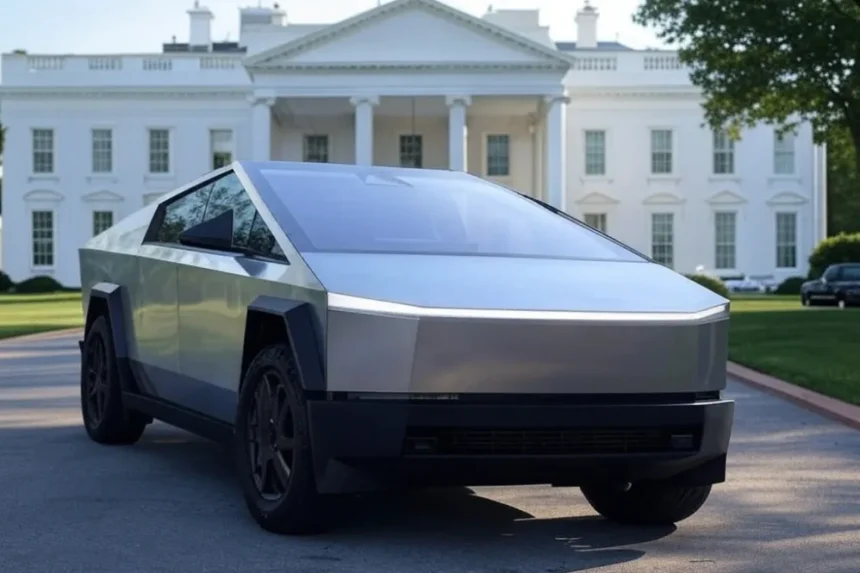The U.S. State Department has quietly removed Tesla vehicles from its approved armored diplomatic vehicles list, signaling shifting priorities and concerns over electric vehicle (EV) durability in high-risk environments. This decision impacts Tesla’s Model S, Model X, and Model Y, which were previously eligible for bulletproofing and security modifications but are now excluded from official armored fleets.
The move reflects broader challenges in integrating EVs into government security operations, particularly for diplomatic missions, law enforcement, and military applications. With armored vehicles playing a vital role in security operations, the shift raises concerns over whether EVs can meet the same operational standards as traditional gasoline-powered armored vehicles.
What’s Happening & Why This Matters
Tesla’s Removal From the State Department’s Armored Vehicles List
Previously, Tesla models were considered viable candidates for security enhancements, but recent assessments questioned their long-term reliability and resilience. Several key factors led to their removal:
- Battery vulnerability: Tesla’s large lithium-ion battery packs pose potential risks in combat zones, particularly in explosions or direct impact scenarios.
- Limited real-world armored EV testing: Government agencies prioritize vehicles with proven performance in active security missions, and EVs lack a strong record in these settings.
- Complex repair requirements: Unlike traditional armored vehicles, Tesla’s EV architecture requires specialized maintenance, which could delay critical repairs in high-threat zones.
- Infrastructure constraints: Charging stations are not widely available in diplomatic and high-security areas, making gasoline-powered vehicles more practical for long-range security operations.
EV Suitability in Government Security Fleets
Tesla’s removal aligns with broader skepticism about the role of EVs in security and law enforcement. The challenges extend beyond Tesla and include all EVs attempting to replace traditional armored transport options:

- Gasoline-powered armored SUVs like the Chevrolet Suburban and Cadillac Escalade remain preferred for government fleets due to their high durability, long-range, and faster repairability.
- Law enforcement and military agencies have slowly transitioned to EVs, citing concerns about charging logistics, battery longevity, and emergency reliability.
- Security professionals warn that battery-powered vehicles may not offer the same rapid deployment readiness, reinforcement capabilities, or post-impact survivability as conventional armored vehicles.
How Tesla’s Removal Affects Future EV Security Adoption
Tesla’s exclusion from the State Department’s armored vehicle list raises critical questions about the future of EVs in government security fleets:
- Will automakers develop purpose-built armored EVs that meet government security specifications?
- How will infrastructure challenges be addressed to make EVs viable in diplomatic and military environments?
- Will future security regulations adapt to accommodate electric armored transport, or will traditional combustion-engine vehicles continue dominating the space?

TF Summary: What’s Next
The State Department’s decision to remove Tesla’s armored classification reflects ongoing skepticism about EVs in high-security roles. While Tesla remains a leader in the commercial EV market, concerns about battery resilience, infrastructure support, and combat readiness may slow EV adoption for diplomatic and law enforcement operations. Governments and manufacturers must address these challenges before EVs can replace traditional armored vehicles in security-sensitive environments.
— Text-to-Speech (TTS) provided by gspeech


